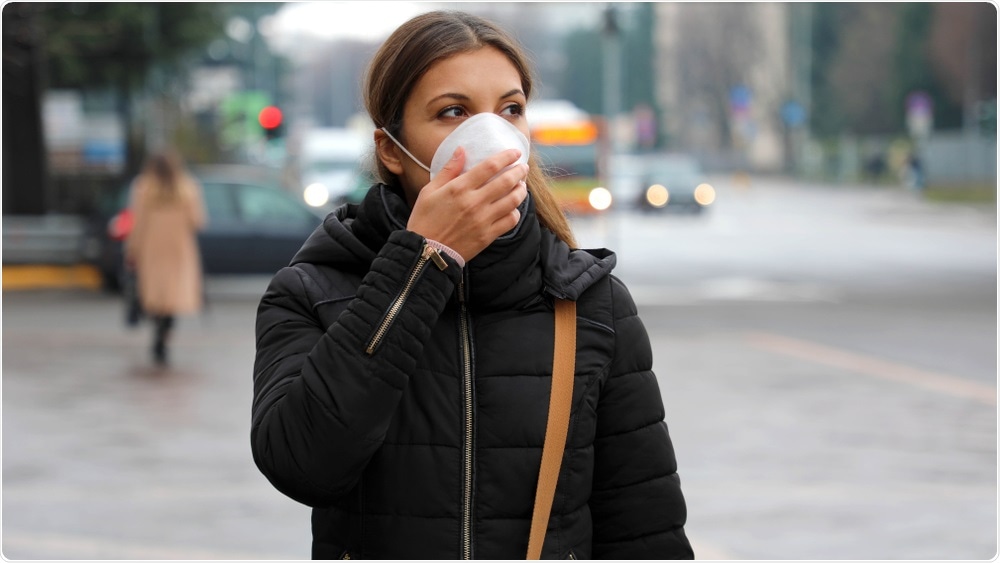People who have no symptoms are key drivers of the novel coronavirus spread.
The severe acute respiratory syndrome coronavirus 2 (SARS-CoV-2), the virus that causes the coronavirus disease (COVID-19), is spreading across the globe at a rapid speed. The number of confirmed cases has reached a staggering 11.8 million people, and a little more than half of these infections are caused by “silent spreaders” or asymptomatic carriers, a new study has found.
A team of researchers at York University and the Yale School of Public Health evaluated the contribution of pre-symptomatic and asymptomatic transmission to the number of confirmed cases of COVID-19. The study, published in the Proceedings of the National Academy of Sciences (PNAS), revealed that more than one-third of COVID-19 infections would need to be identified and isolated to prevent a future outbreak.
Further, the researchers said that even if the patients with symptoms are isolated immediately, it would not be enough to get the coronavirus under control.

Image Credit: Zigres / Shutterstock
Pre-symptomatic and asymptomatic carriers
Asymptomatic carriers have been called “silent spreaders” or “silent shedders,” and they appear to transmit the virus even without any symptoms, such as cough. Some infected individuals, especially those who are young and healthy, may not develop symptoms, or only develop mild symptoms.
Meanwhile, pre-symptomatic carriers are those who have no symptoms in the first few days before exhibiting the classic symptoms of COVID-19, such as fever, cough, and difficulty of breathing.
Coronavirus transmission models
The researchers used coronavirus transmission models to determine the extent to which silent transmission drives the spread of the viral infection. They based the study on existing research, indicating that asymptomatic infections account for about 17.9 percent to 30.8 percent of all infections.
Also, pre-symptomatic people account for about 48 percent of transmission, and asymptomatic people account for 3.4 percent of transmission. Further, if 30.8 percent of the cases are asymptomatic, the team found that pre-symptomatic individuals are responsible for 47 percent of transmitted cases, while asymptomatic people account for 6.6 percent of transmission.
“We found that the majority of incidences may be attributable to silent transmission from a combination of the pre-symptomatic stage and asymptomatic infections. Consequently, even if all symptomatic cases are isolated, a vast outbreak may nonetheless unfold,” the researchers said in the paper.
“We further quantified the effect of isolating silent infections in addition to symptomatic cases, finding that over one-third of silent infections must be isolated to suppress a future outbreak below 1% of the population,” the team added.
The researchers concluded that the results of the study indicate that symptom-based isolation must be supplemented by rapid contact tracing and testing that identifies asymptomatic and pre-symptomatic cases. This way, countries can safely ease current restrictions and minimize the risk of a second wave of the outbreak.
“Our results indicate that silent disease transmission during the pre-symptomatic and asymptomatic stages are responsible for more than 50 percent of the overall attack rate in COVID-19 outbreaks. Furthermore, such silent transmission alone can sustain outbreaks even if all symptomatic cases are immediately isolated,” the researchers concluded.
What can be done?
Since there are many asymptomatic and pre-symptomatic carriers, it is important to stay cautious when going out of the house or when going to work. Wearing of masks is an effective tool to prevent infection. When all people wear masks in public places, with appropriate social distancing guidelines, the coronavirus spread can be controlled.
Further, authorities still recommend staying at home and going out when only necessary. Even with a mask, stay away from large crowds and maintain at least six feet distance from each other.
The World Health Organization (WHO) recommends that everyone should wash their hands frequently for a minimum of 20 seconds, practice social distancing, and disinfect surfaces where the virus may thrive.
The overall coronavirus case toll has topped 11.8 million people, while the death toll has surpassed 543,000. The United States and Brazil report the highest numbers of confirmed cases, with 2.99 million and 1.66 million, respectively.
Source:
Journal reference: